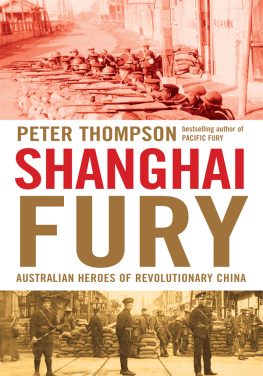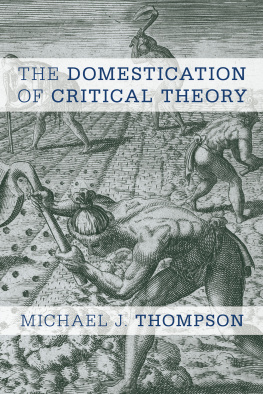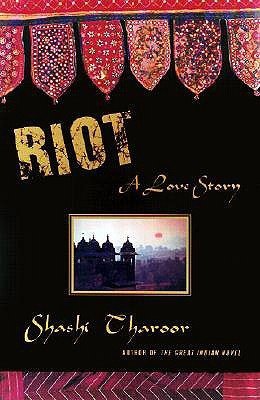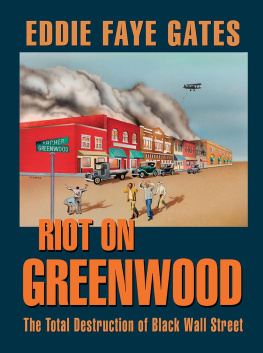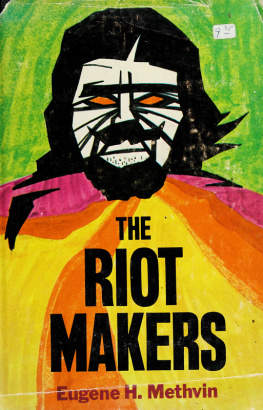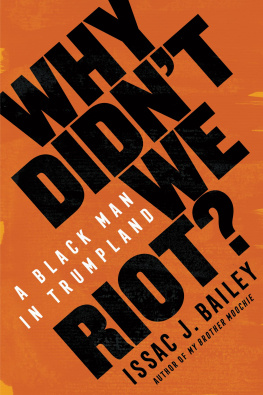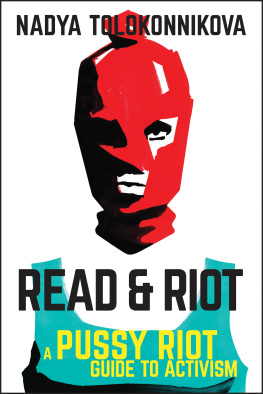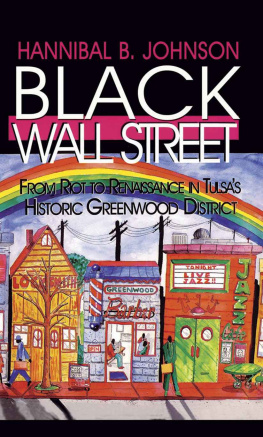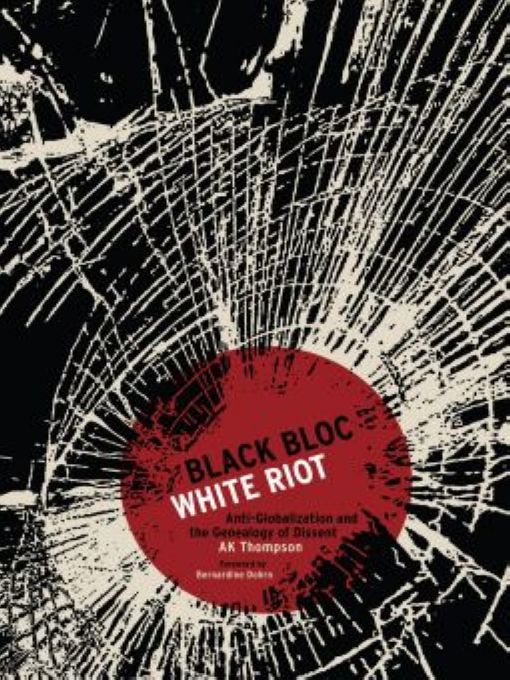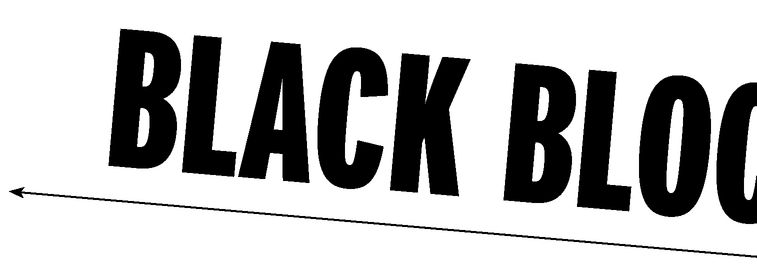Table of Contents
FOREWORD
BY BERNARDINE DOHRN
AK Thompsons provocative meditation on the past decade of global activism, violence, race, and gender justice leaps onto the streets of our sluggish minds, upending the bricks and paving stones of the taken-for-granted, provoking the fertile young activists from whom and for whom he writes to talk back, think harder, do more. This stunning book has vibrant resonance for us too, who work to stay in the strugglethe notorious sixties generation who troubled also about whiteness, violence, and opening space to become while challenging Empire.
Thompson begins with the 1999 robust, inventive, horizontal demonstrations against the secretive World Trade Organization, which heralded a new era of opposition to imperialism/neo-liberal capitalism. In both content and form, the exuberant and kindred creativity on the streets of Seattle at the end of the twentieth century broke new groundmuch as the New Left of the sixties transformed the paradigm of the Communist left and anti-communist fear-mongering with freedom rides, sit-ins, draft and military resistance, love/ sexuality/gender liberation, and waves of cultural transformations.
Of course, 9/11 interrupted the newborn radical birthing in Seattle and troubled its baby steps, so that it was several years into the Bush/Cheney nightmare before it became apparent that a fresh conglomeration of radicalism was thriving, largely under the media radar but intermittently visible when the ruling elite gathered, and in the World Social Forums and their regional and national offspring.
Black Bloc, White Riot interrogates the early years of the anti-globalization movement for, Thompson says, its unrealized promise; its urgency is today all the more trenchant because of the new ripples swelling, new windows opening, struggles newly linking, altering both topography and demography.
Taking inspiration from the Zapatistas and a luminous wave of independence experiments south of the US border, ten thousand environmental justice activists gathered just this spring in Cochabamba, Bolivia, epicenter of water struggles, coca farmers, and mining, to take heed of the planets needs for our common future. Named the World Peoples Conference on Climate Change and the Rights of Mother Earth, the gathering opened with a welcome from indigenous President Evo Morales to the assembled participants from 135 countries: We can not have equilibrium in this world with the current inequality and destruction of Mother Earth. Capitalism is what is causing this problem and it needs to end. In remarkable ways across the hemisphere, the power and experiences of the previously silenced are turning up the volume: demanding greater independence from US power while seeking and finding elements of common cause with a stew of activists from the epicenter of late capitalism where the militarization of capital is experienced as totalizing.
In June 2010, some 20,000 young people filled the streets of Detroit at the second US Social Forum. The prison, health care, artist, labor, Palestinian, immigrant, housing, disabled, and justice activists and organizers presentprimarily young people of color (as was the first US Social Forum)paid homage to the elders present: Grace Lee Boggs (who turned 95 during the Forum), Vincent Harding (just turning 81), and Immanuel Wallerstein. Sixties people present were a small minority and served (generally) in solidarity and support. In contrast to the upheavals of the 1965-75 rebellions, which were largely characterized by racial and ethnic separation as a consequence of white supremacy, todays new formations tentatively and experimentally make room for what the Black Panther Party used to call white mother-country radicals.
The zesty opening march of Forum attendees through downtown Detroit included traditional labor, noisy musical carnival revelers, feminists under the banner of Ellas Daughter (named for Ella Baker of SNCC), veterans, and anarchist formations chanting: Not right, not left, Property is Theft! and Cops here, troops there, US Out of Everywhere! Yet not one major media outlet covered the march or the US Social Forum. We did not exist. Amy Goodman of Democracy Now noted that twenty tea party activists would account for a week of blather on the news cycle but the Forum was rendered invisible, except in its own terms.
In taking as his focus an interrogation of the trajectory of white youth, the dirty kids who are thrown into resistance, Thompson notes Elizabeth Betita Martinezs germinal essay, Where Was the Color in Seattle? as a challenging document leading to concrete solidarity and efforts at inclusion but also to self-scrutiny. He also asserts the importance of asking why so many white youngsters of privilege got so angry, felt so alienated, and were determined to act to set themselves apart from patriarchy and the death culture through dissent, distance, and action. How do we become political people? How do we, as Grace Lee Boggs asks, learn to live differently so that others may live? And, indeed, how do we learn to live differently so we alsoin the belly of the beastmay more truly, more democratically, more egalitarianly, more humanly, live?
What is it about the contradictions for white youth of the global northmore and more unbearable forms of alienation, comodification, consumption, silences, and blindness in the face of atrocity and decay, complicity in the global ecological disasters, with the long war, amid the upheavals of late capitalismthat might tear them from their relative comfort? What drives the confrontational attitude and the longing to realize the full dignity of all human beings? Thompson reminds us of the Fourth Declaration from the Lacandon Jungle, which declares that the Zapatistas are fighting for a world in which everyone fits and where all steps may walk, where all may have laughter, where all may live the dawn.
I just witnessed the squats in Zurich, where young artists and activists reconnoiter, seize, and then inhabit abandoned buildings in marginal neighborhoods. They build artist spaces, theatres, music clubs, housing, restaurantsrepairing the buildings, living communally, sharing work. They hook up to the grid, keep the police at bay and manage to work and live and create for 5-6 years until the building is re-captured by the city for private profit. Some are political organizers linked to immigrants and the marginal, some more inward. They seem practical, visionary, and determined to live toward freedom.
Black Bloc, White Riot also takes on the question of riot, of excess, of the violence embedded in tactical decentralization, away (momentarily) from social control. The book acknowledges that, tactically, some of the actions left activists isolated post-9/11, in the period of silence in the streets. It is both provocative and equivocal about violence as both the mundane template of our existence and the requisite path to political revitalization or to politicsto breaking through the suffocating society of control, what the author calls the new enclosure.
Speaking primarily of sporadic property destruction and fleeting confrontations with police, Thompson distinguishes the riots of the anti-globalization struggles from the spectacle of terrorism. He might well agree with Simone Weil, who wrote: Only the person who has measured the dominion of force, and knows how not to respect it, is capable of love and justice (





